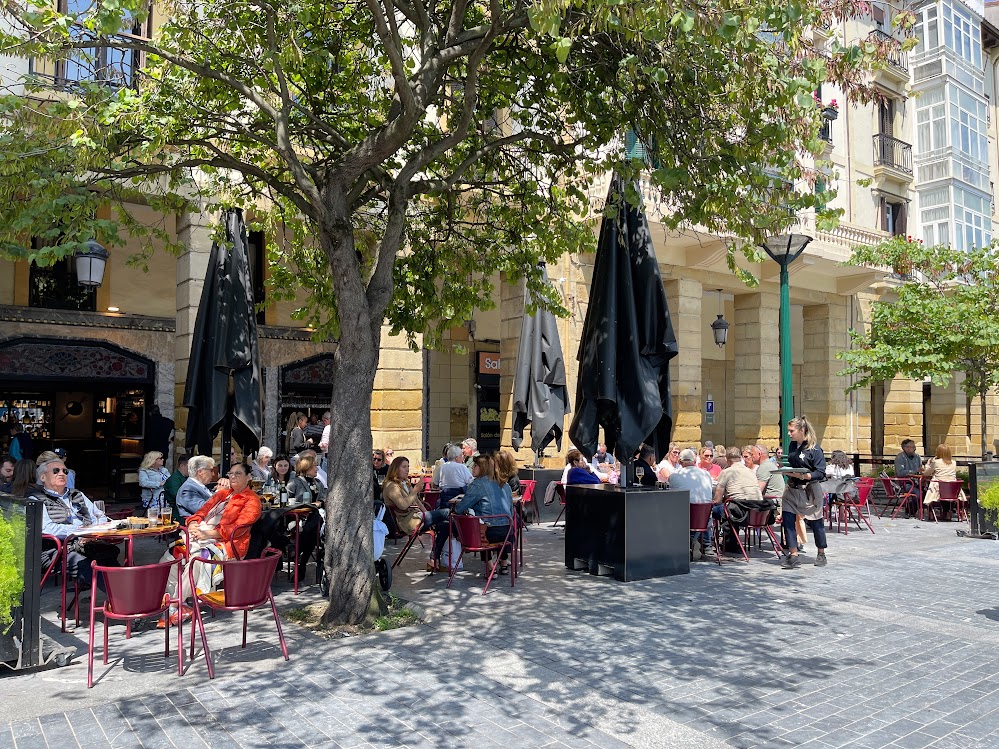A tale of tapas in San Sebastian, Granada, and Madrid.
Tapas, small plates of deliciousness, hold a prized place in the hearts and stomachs of Spaniards and lovers of Spanish cuisine worldwide. Tapas are more than just a bite to eat. They are an experience – a national pastime and a cornerstone of Spanish social life. Sharing small plates encourages conversation, laughter, and connection with friends and family.
For three months earlier this year, we immersed ourselves in Spain’s tapas culture, exploring the vibrant scenes in San Sebastian, Madrid, and Granada. Our days were filled with food tours, cooking classes, and tasty tapas crawls through historic streets lined with charming bars and restaurants. Each city revealed its unique tapas identity, all equally deserving of the title “world-class.”
While the term “tapas” is universally recognized, it’s important to note that Spain boasts a rich variety of regional variations. In the Basque Country and Navarre, you’ll find pintxos, small bites often on bread and speared by toothpicks. Similar but simpler are montaditos, small open-face sandwiches with a broad range of fillings and toppings. For a heartier option, cazuelitas offers stews, soups, or other delicacies in individual casseroles. And when sharing with a group, raciones and half-raciones provide larger portions. It’s essential to remember that these terms sometimes overlap, making the distinctions a bit blurry. Regardless of what they’re labeled, experiencing the diverse, flavorful world of Spanish small plates is a traveler’s joy.
The Birth of Tapas
The origins of tapas are cloaked in mystery, with stories ranging from royal decrees to practical necessity. One popular tale involves King Alfonso X of Castile, who, while recovering from illness, was prescribed small portions of food with his wine. Impressed by the results, he supposedly mandated that taverns serve similar snacks, or “tapas,” with every drink. There’s another theory that people in Andalusian taverns would cover their sherry glasses with bread to keep out dust and flies. Over time, these coverings evolved into the delectable bites that are now a culinary cornerstone of Spain and an expression of its rich gastronomic heritage.
TAPAS TIPS
• If you want a free tapa, you have to order an adult beverage – wine, beer, sangria, or a cocktail. Usually, tea, coffee, soft drinks, or water won’t cut it.
• A lot of restaurants reserve their terrace tables for lunch and dinner customers. If you want just a drink and tapa, you’ll likely be directed inside to belly up to the bar or perch on barstools.
• If you plan to eat a meal, order drinks before you order your food, and most likely you’ll get a tapa.• Sometimes after enjoying a free tapa or two you may decide to downsize or skip your planned lunch or dinner. Some tapas are pretty robust and filling. • The most interesting way to discover great tapas is on a tapas crawl. Down a drink and a tapa, and move on to another eatery until you’re full or can’t walk straight.
- Tapas culture
- Tapas history
- Tapas tips
- Tapas tour
- Tapas experience
- Spanish dining
- Spanish food culture
- Spanish food traditions
Tapas for vegetarians
Best tapas in Spain
Tapas etiquette
How to order tapas
Types of tapas
Tapas tour in Barcelona
Tapas tour in Madrid
Tapas and wine pairing
